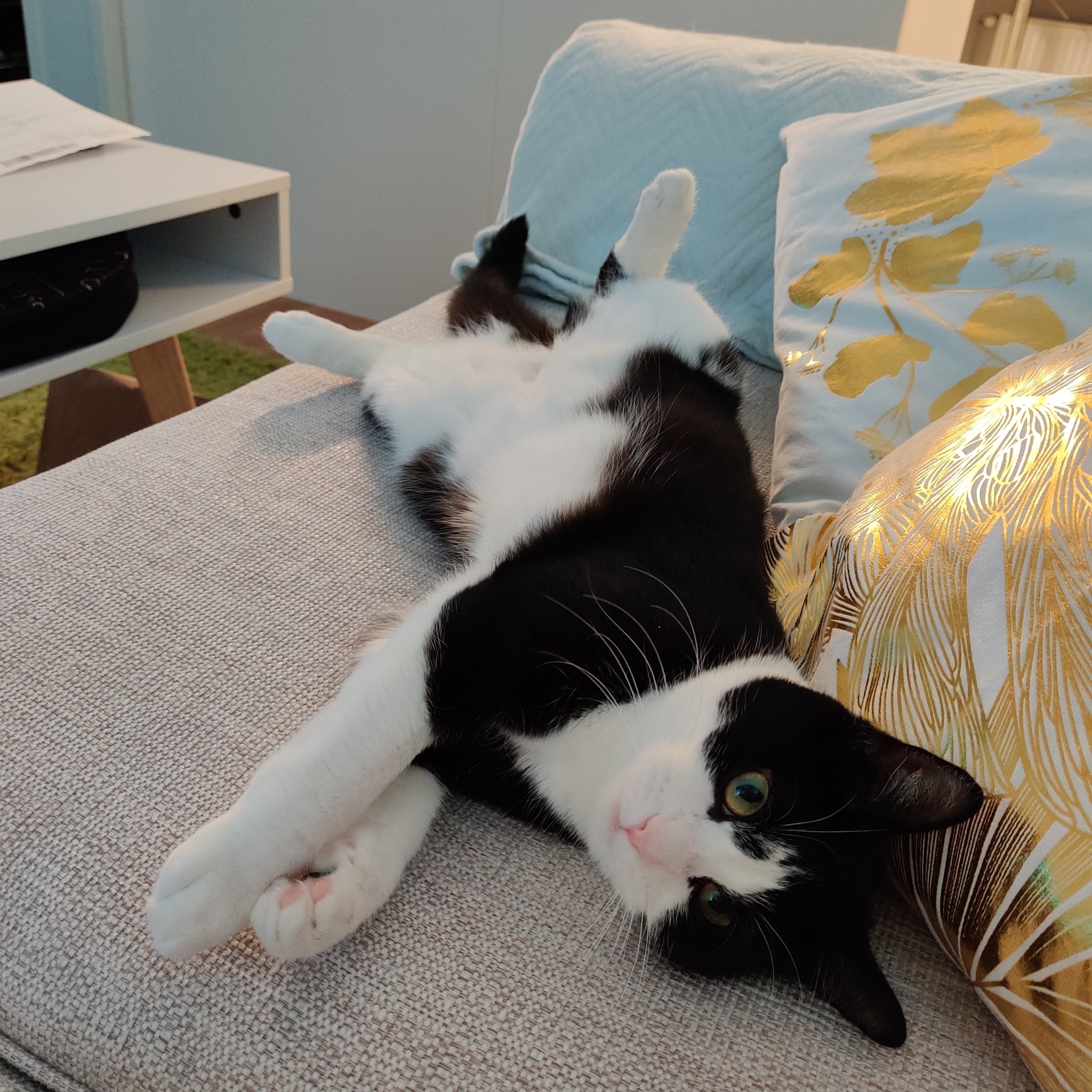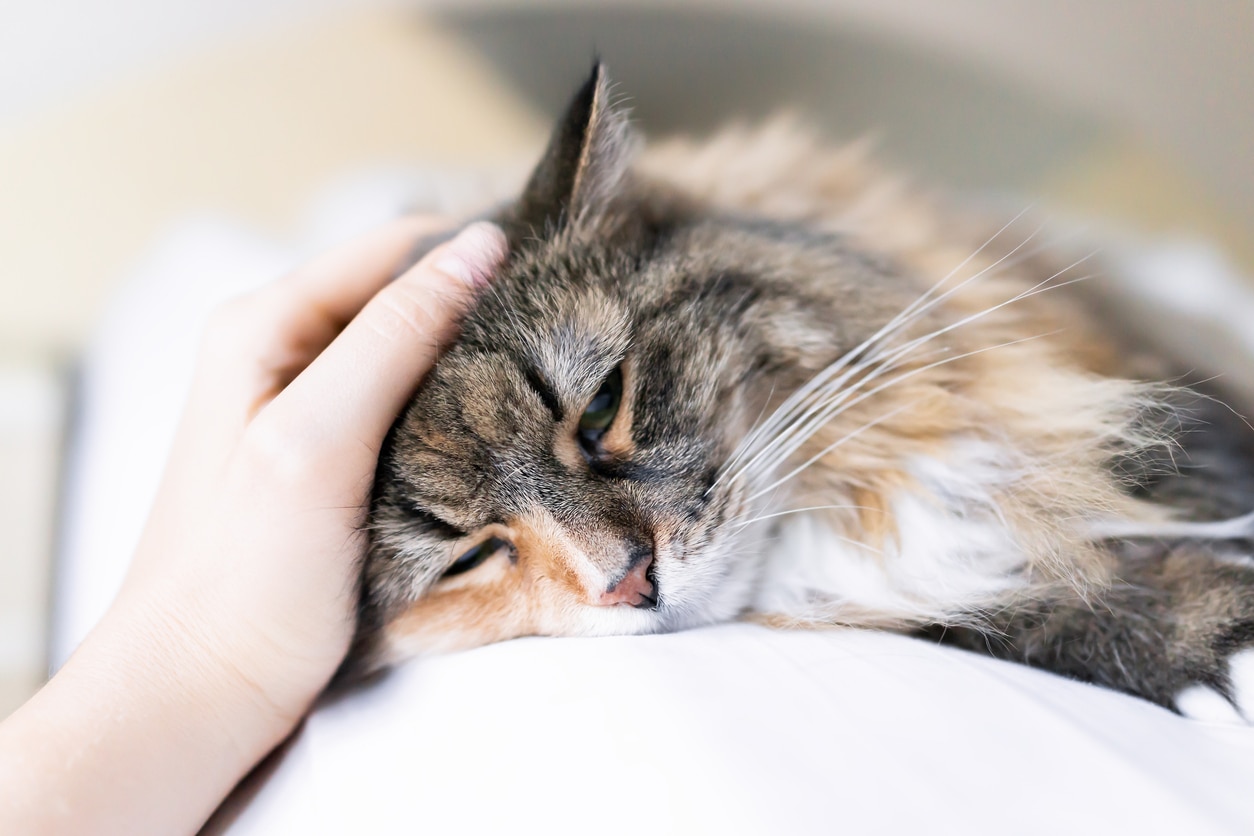pica in cats article
Pica is a human and animal disorder characterized by eating things that are typically considered as non-food or do not have any nutritive value. Treatment options for pica include changes in diet and environment.

Eating Things That Are Not Edible Pica In Cats Firstvet
What is Pica Syndrome in Cats.

. Treatment usually focuses on environmental modification. If it is an oral compulsive behavior it is generally shown initially in conflict situations and then generalizes with time to other contexts. Estimated Reading Time.
Pica arises from the Latin word for the magpie -picave This is because magpies have been known to eat almost everything. As frequently reported pica and vomiting were related but the causative association is not well established a. Pica is a condition that has been prevalent among humans for centuries.
Pica in cats has been classified variously as a stereotypy McKeown et al 1992 with compulsive grooming Overall 1992 and as an ingestive behaviour problem Borchelt and Voith 1982. Pica is a term used to describe behaviour in cats where they regularly eat items that are not considered edible. There is evidence that many cats displaying pica often begin by sucking or chewing wool and then progress to other fabrics andor to ingestion.
It is more common in young kittens at the age of three but it can develop in older cats too. As with some humans cats are known to eat strange things. The urge to eat non-food items is known as pica and is common for many cats.
Felines with a mild case of pica may not consume the object but chew lick or suck on said inedible object. Cats with pica may chew on or eat wood fabrics blankets or other objects. 9 rows There is limited research exploring the prevalence of pica in cats and the factors influencing.
Cats with pica were less commonly fed ad libitum than healthy cats. To keep your cat from chewing or eating certain items spray those items. Dissuade your cat with a bad-tasting spray.
Pica in cats is an obsessive behavioral condition in which a cat eats objects without nutritional value. Pica is when cats chew or eat non-food objects such as plastic. Many species including humans can have pica.
The younger the kitten the greater the urge to nurse and the more likely she will suck on wool. Move target items out of your cats reach. This sometimes includes repeated eating one specific item such as stones but can also be eating a range of items such as items of clothing sticks plastic hair bands elastic bands cat litter.
Pica is difficult to diagnose in cats because some chewing and sucking behavior is normal. Pica in cats may involve kitties sucking wool stuffed animals or fleece as well as other non-food materials including litter soil yarn strings paper including toilet paper wood dirt cardboard blankets socks jackets plastic shoelaces. Pregnant women and young children are more likely to suffer strange cravings for non-nutritional items like dirt chalk and even soap.
Pica in cats article. The first way to deal with your cats feline pica is to cut off its access. Pica is a condition where cats may eat non-food items whether theyre eating fabrics or ingesting paper.
Pica is an obsessive-compulsive disorder characterized by the persistent consumption of nonfood items. Eating objects can lead to gastrointestinal problems which can cause veterinary costs. Cat pica is also associated with feline leukemia and feline immunodeficiency virus and it may be triggered by conditions like diabetes or brain tumors.
Pica the ingestion of inedible items does not seem to be the consequence of a suboptimal environment or early weaning. For example there is a behavior called wool sucking which occurs in cats who are weaned too soon. Pica in cats only has one clinical sign and that is consumption of inedible objects.
In a simpler term pica is the eating of abnormal substances. The biggest concern with pica is a gastrointestinal obstruction. Since it is largely restricted to certain breeds it must have some genetic basis but it also has environmental triggers which are poorly understood.
Up to 10 cash back Pica in cats refers to the ingestion of non-food items. Oriental breeds are more predisposed. Pica syndrome is a behavioral condition that incites cats to eat non-edible substances such as paper fabrics plastics etc.
This may be caused by several factors including nutritional deficiency and anxiety. Things that are eaten can range from the common to the very strange. Treating Feline Pica Download Article 1.

Pin On Cat Health Things Every Cat Owner Should Know

What Is Pica Syndrome In Cats Petcetera Animal Clinic

Ingestion Of Feces And Foreign Objects In Cats Petmd
Pica In Cats What It Is Common Causes Tips For Treating It The Honest Kitchen

Keeping Cats Safe Pica International Cat Care

Why Does My Cat Roll Around On His Back Cat Roll Cats Cat Biting

Can Cats Swim Cat Swimming Cat Aesthetic Cats Cute Cats

Learn How To Crate Train Your Pet Cat In This Article Do Note That It Will Be Easier To Crate A Kitten Than An Older Cat Crate Training Crates Cat Training

Pin On Cat Health Things Every Cat Owner Should Know

34 Of Today S Best Pics And Memes Cats Cute Cats Beautiful Cats

What Is Pica Syndrome In Cats Petcetera Animal Clinic

Attention Seeking Behavior In Cats Endearing And Annoying Attention Seeking Behavior Animal Articles Cats

My Crazy Cat Yoshi Crazy Cats Cats Cute Cats And Kittens

Does We Really Has To Ruin A Perfectly Good Baff Kittens Cutest Cute Cats Beautiful Cats

Pin On Cat Health Things Every Cat Owner Should Know

How To Keep Your Cat Safe From Cords Wires Cables Cattime Cat Safe Cats Cat Facts

